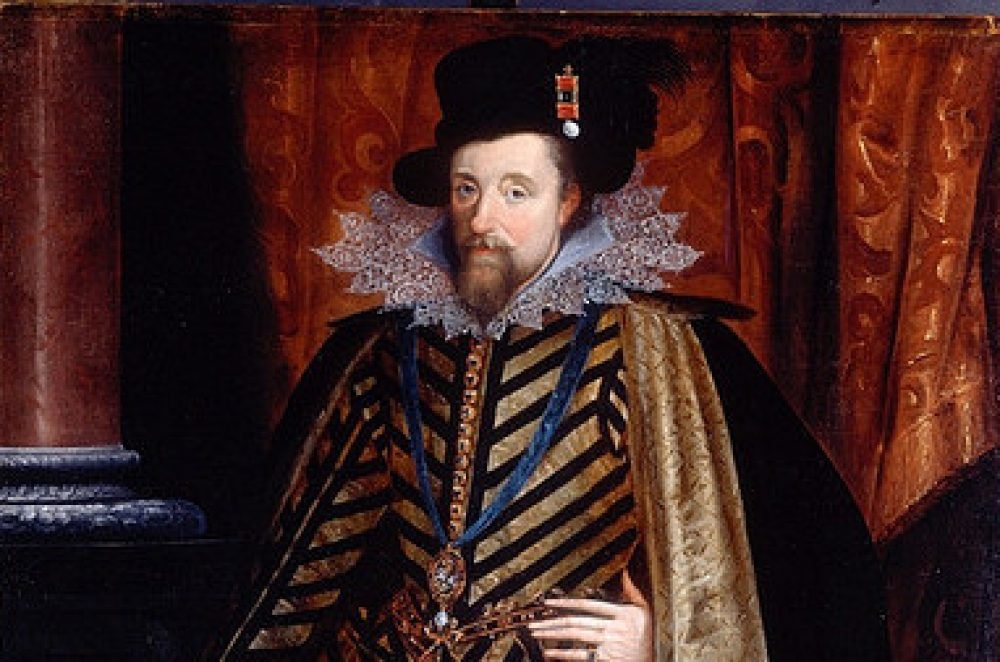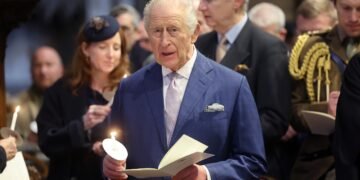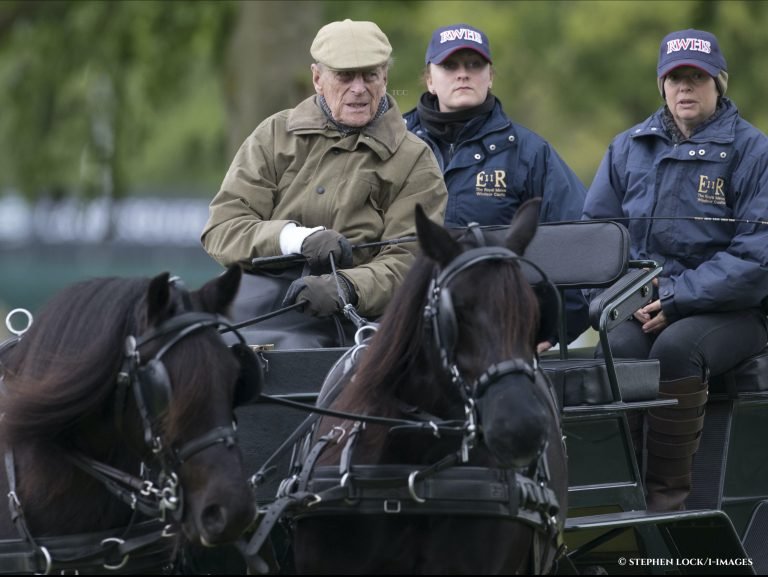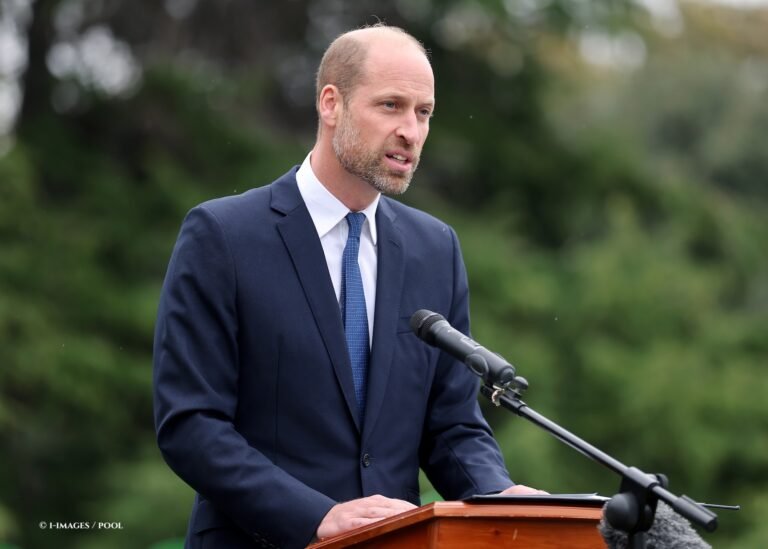 With the death of the childless Queen Elizabeth I, came the end of the infamous Tudor Dynasty. The crown then passed to James VI, King of Scots in a move that united three kingdoms, those of England, Scotland and Ireland, under one monarch. They would however, remain three separate sovereign states until the Acts of Union, over one hundred years later, in 1707.
With the death of the childless Queen Elizabeth I, came the end of the infamous Tudor Dynasty. The crown then passed to James VI, King of Scots in a move that united three kingdoms, those of England, Scotland and Ireland, under one monarch. They would however, remain three separate sovereign states until the Acts of Union, over one hundred years later, in 1707.
The Scottish King was seen to be the only acceptable heir as the great-grandson of King James IV of Scotland and Margaret Tudor, daughter of King Henry VII of England. James and Margaret’s marriage had taken place in 1503, as a result of the Treaty of Perpetual Peace, which ended Anglo-Scottish rivalry.
The treaty was ultimately disturbed in 1513 when King Henry VIII invaded France whom had a strong alliance with Scotland. An invasion of North England from James IV renewed the turbulent rivalry between the two nations.
Such rivalry resulted in the Margaret Tudor line being excluded from the English succession. It became clear however, during the final years of Elizabeth’s reign, that The Queen was to leave behind no issue and with no immediate family, and the line of succession needed to be secured.
This was done through secret negotiations between James VI and Elizabeth’s secretary of state, Sir Robert Cecil. James was advised by Cecil to not push the issue of succession with The Queen.
Elizabeth ultimately agreed to the succession writing, “I trust that you will not doubt but that your last letters are so acceptably taken as my thanks cannot be lacking for the same, but yield them you in grateful sort.”
Upon The Queen’s death on 24th March 1603, London was put on alert, fearing protests against the Scottish King. Such protests never came which allowed the new James I of England to make the leisurely journey down to London without resistance.
His arrival in London was greeted with jubilation from the English people as, despite The Queen’s popularity, the country was in a period of economic depression. A new Monarch was seen as a chance for change.
The Stuart line also brought a new security to the line of succession after a prolonged period of uncertainty. The new King was a family man with three children to survive into adulthood: Prince Henry, Prince Charles and Princess Elizabeth.
The King’s ascension to the English throne had occurred with such ease that the King was eager to take it further and make the union a complete and legal one. For his subjects, this was simply one step too far.
In England there were fears that the poorer Scotland were seeking riches while Scotland feared that they lose themselves amongst the larger, more powerful England. As such, James never achieved his United Kingdom, he was simply a century too early.
Despite protestations, the King was keen to show his support for the union by having a national flag designed in 1606. Many north of the border criticised the design, seeing it as the English St. George’s Cross on top of the Scottish St. Andrews Saltire leading to a alternative version showing the Saltire placed on top. This new flag was initially used at sea by all ships until it’s use was restricted to Royal ships in 1634.
The new King had brought stability to the line of succession at last and yet unbeknownst to anyone at the time, the Stuart line would last only two generations before coming to a disastrous end as Charles I was led to the scaffold; the culmination of a series of harsh Civil Wars that raged between the three kingdoms. And although not soon enough for King James VI and I, he did manage to move the nations one step closer to becoming The United Kingdom.
Photo: Lisby







